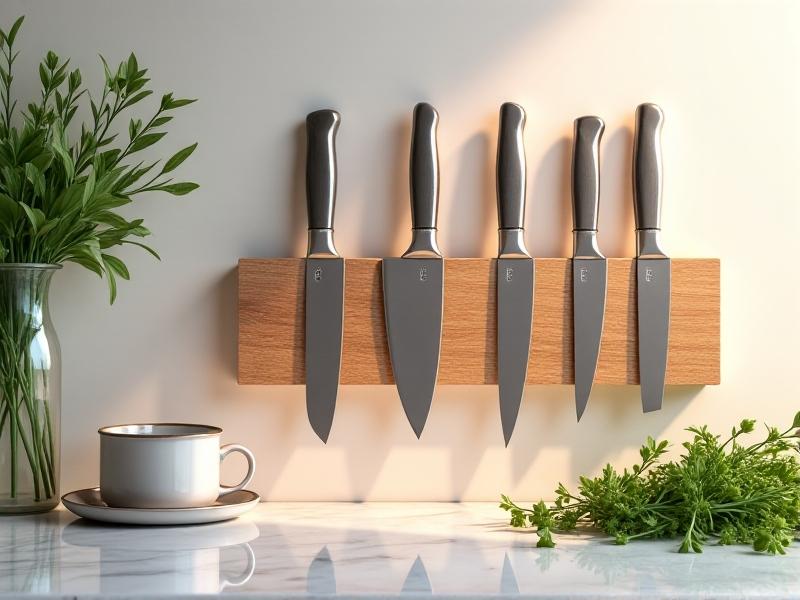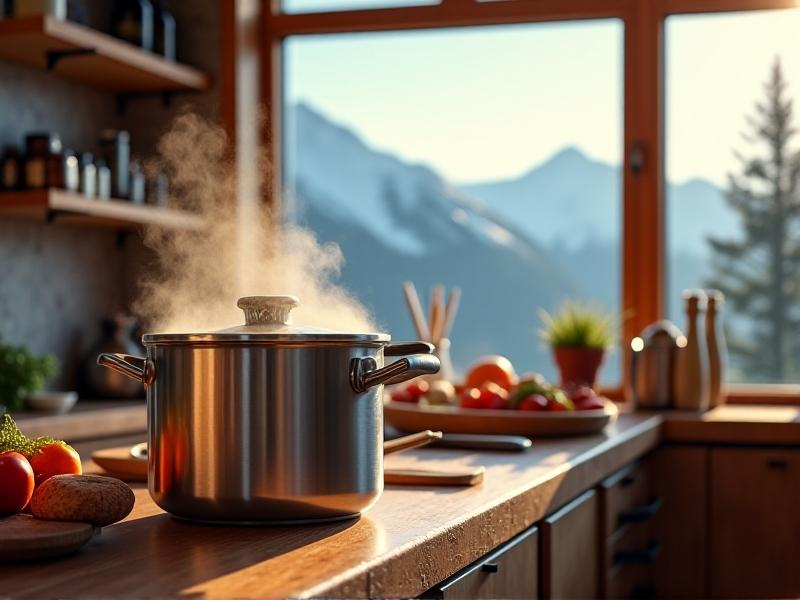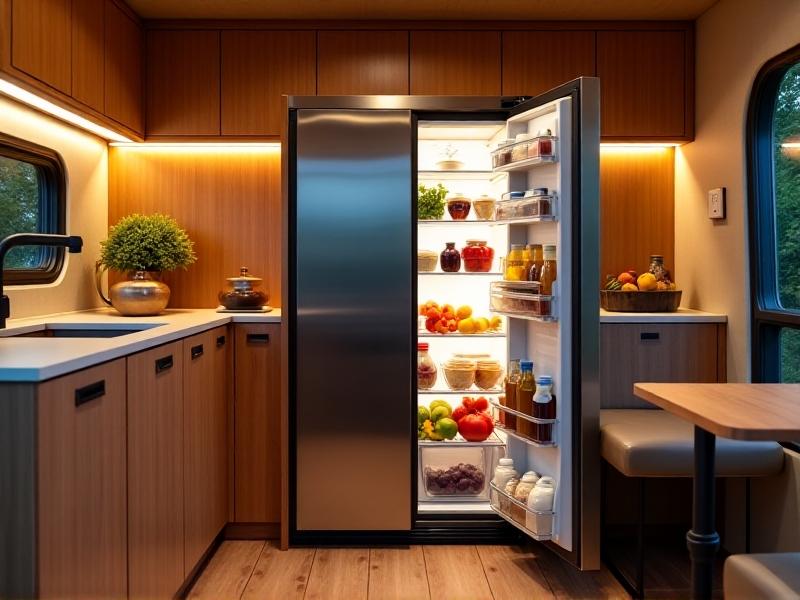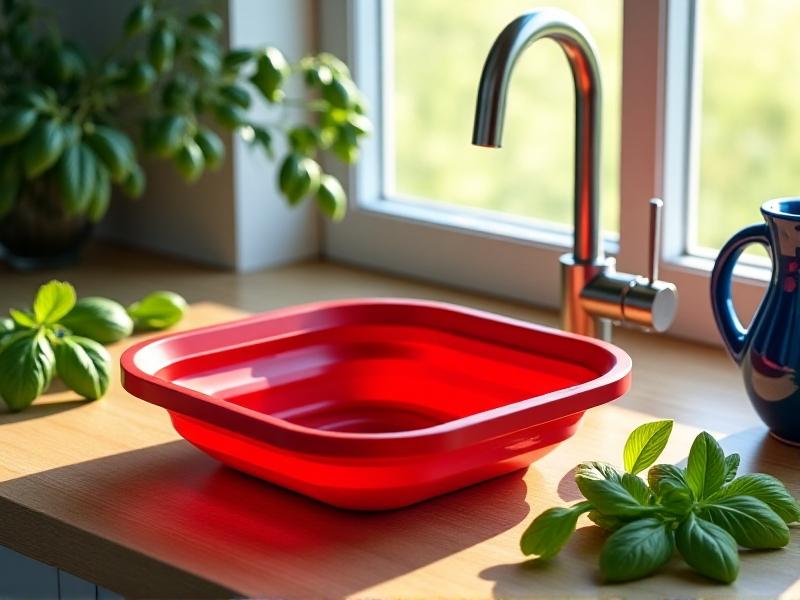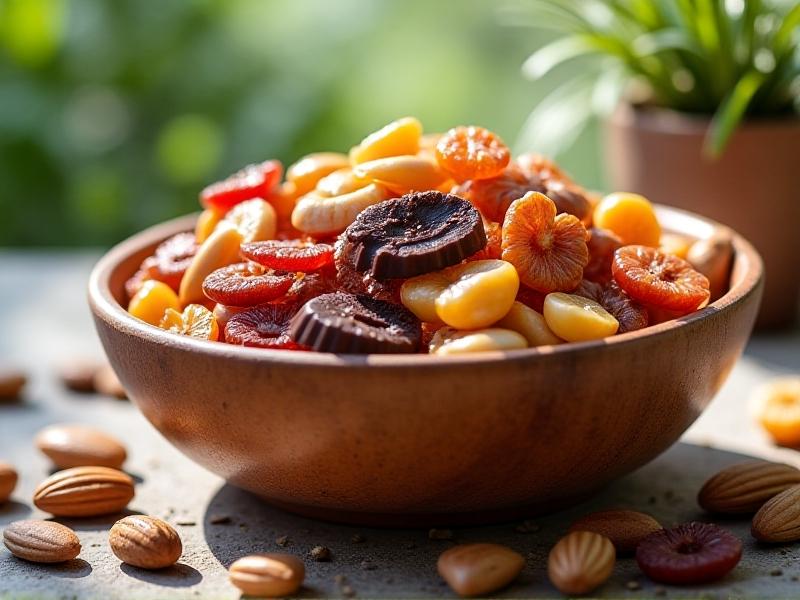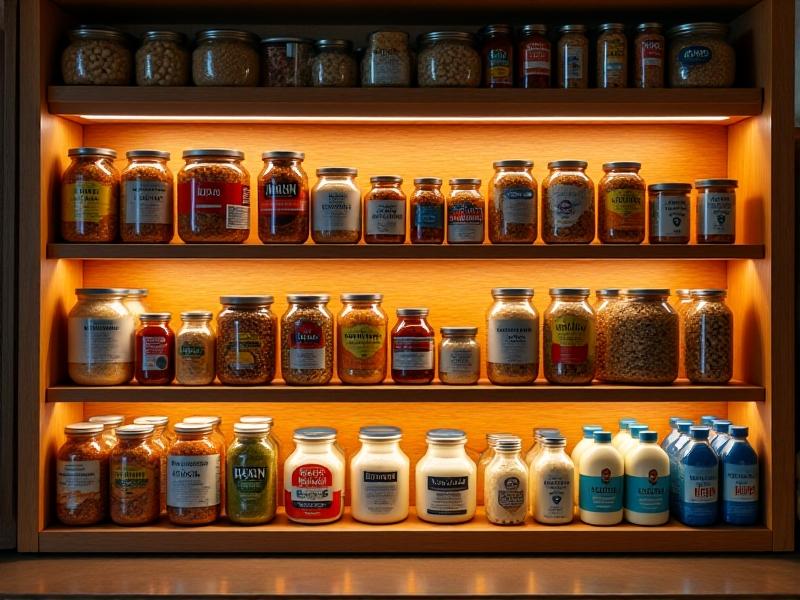Thermal Cooker Energy-Saving Recipes
Understanding Thermal Cookers and Their Energy Efficiency
Thermal cookers, often called vacuum or insulated cookers, harness retained heat to slow-cook meals without continuous energy input. By bringing food to a boil and then transferring it to an insulated chamber, these devices maintain high temperatures for hours, mimicking a slow cooker but using up to 80% less energy. This method not only slashes electricity bills but also preserves nutrients and flavors, making it ideal for busy households and eco-conscious cooks. The key lies in the airtight insulation, which traps steam and heat, allowing dishes to simmer gently. From stews to grains, mastering this tool begins with understanding its science and versatility.
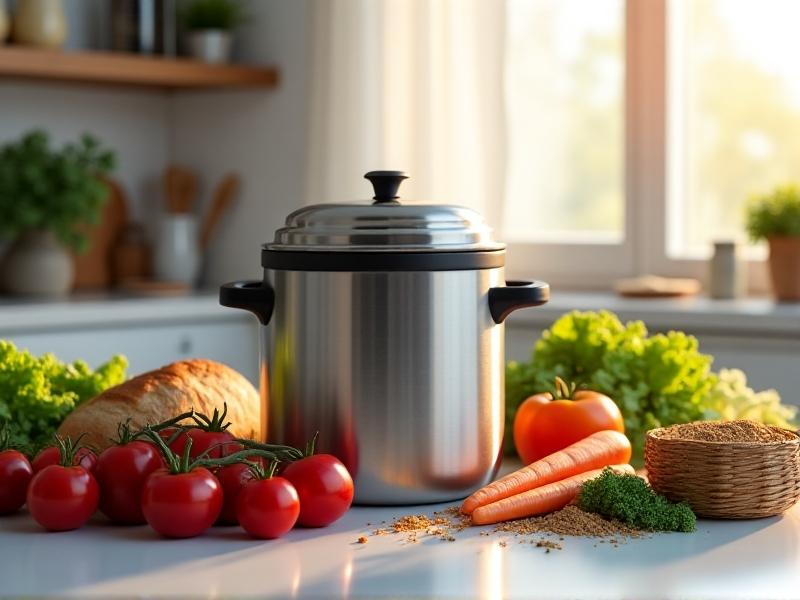
Why Thermal Cooking Saves Time and Energy
Traditional cooking methods often require constant monitoring, but thermal cookers automate the process. Once ingredients reach a boil, residual heat does the work—no need for timers or babysitting a stove. This efficiency is especially valuable for meals requiring long simmering times, like bone broths or bean soups. Over weeks, the cumulative energy savings are substantial. Additionally, thermal cooking reduces kitchen heat, lowering AC usage in warmer months. For multitaskers, it’s a game-changer: prep a meal in the morning, let it cook passively, and return to a ready-to-serve dish. The convenience and eco-friendliness make it a win-win for modern lifestyles.

Hearty Breakfasts: Overnight Steel-Cut Oats
Start your day with minimal effort by preparing steel-cut oats in a thermal cooker. Combine oats, water, cinnamon, and a pinch of salt in the inner pot. Bring to a boil, then transfer to the insulated chamber before bed. By morning, the oats transform into a creamy, nutrient-rich breakfast. Top with fresh berries, nuts, or honey for added texture and sweetness. This method avoids the need for prolonged stovetop stirring while conserving energy. It’s also customizable—experiment with almond milk, chia seeds, or diced apples for variety.
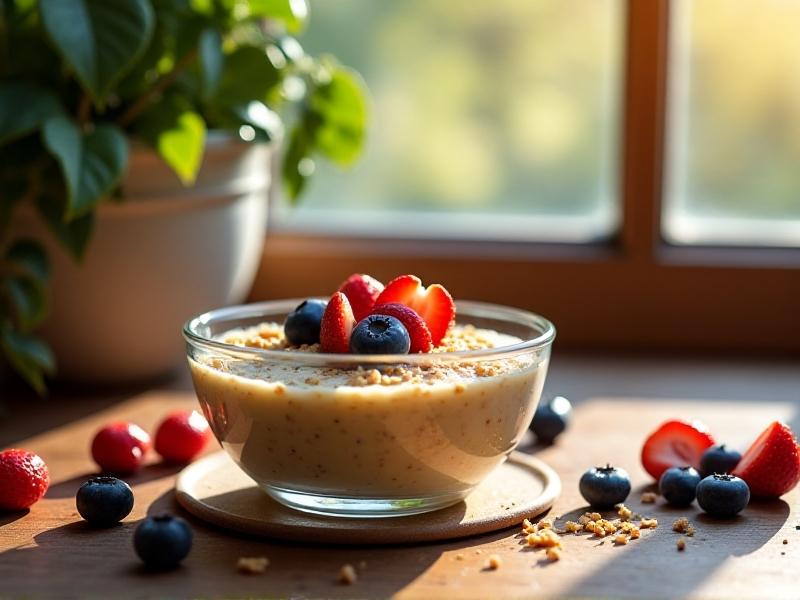
Flavorful Lunches: Thai Coconut Curry
Thai coconut curry thrives in a thermal cooker, as the slow infusion of spices deepens flavors. Sauté onions, garlic, and curry paste briefly, then add cubed tofu, bell peppers, and coconut milk. After boiling, let the thermal cooker meld the ingredients for 2-3 hours. The result? A fragrant, restaurant-quality dish with tender vegetables and rich broth. Serve over jasmine rice for a filling midday meal. This approach not only conserves energy but also prevents overcooking, ensuring vibrant colors and textures.

Comforting Dinners: Beef and Barley Stew
Beef and barley stew exemplifies thermal cooking’s magic. Sear beef chunks, then deglaze the pot with red wine. Add barley, carrots, celery, and broth, bringing everything to a boil before insulating. Over hours, the beef becomes fork-tender, and barley absorbs the rich flavors. This hearty meal requires just 15 minutes of active prep, freeing your evening while dinner cooks itself. Pair with crusty bread for a satisfying cold-weather feast.
Vegetarian Delight: Lentil and Spinach Dal
Lentils are a thermal cooker’s best friend. For a protein-packed dal, simmer red lentils with turmeric, cumin, and diced tomatoes. After transferring to the insulated chamber, add fresh spinach before sealing. The residual heat wilts the greens perfectly without overcooking. Serve with naan or rice for a wholesome vegetarian meal. This recipe cuts energy use by bypassing the need for prolonged simmering, and the lentils’ quick cooking time aligns perfectly with thermal technology.
One-Pot Wonders: Chicken and Rice Pilaf
Simplify cleanup with a one-pot chicken pilaf. Brown chicken thighs, then sauté onions and garlic. Add basmati rice, broth, and spices, bringing the mix to a boil before insulating. The rice absorbs the savory juices, yielding fluffy grains and succulent meat. This dish highlights how thermal cookers excel at layering flavors while conserving resources. Perfect for weeknights, it turns basic ingredients into an impressive, aromatic meal.
Sweet Endings: Cinnamon Apple Dessert
Thermal cookers aren’t just for savory dishes. Try a dessert of cinnamon-spiced apples: layer sliced apples with brown sugar, oats, and cinnamon. After a quick boil, let the insulation soften the fruit into a compote-like texture. Serve warm with vanilla ice cream for a guilt-free treat. This method preserves the apples’ natural sweetness without added sugars and uses residual heat to meld flavors—proof that energy efficiency can be delicious.
Maximizing Your Thermal Cooker’s Potential
To optimize your thermal cooker, layer ingredients strategically: place slower-cooking items like root vegetables at the bottom. Always bring liquids to a full boil before insulating, as this ensures sufficient heat retention. Experiment with cooking times—dishes like soups need 1-2 hours, while tougher meats benefit from longer periods. Clean the pot immediately after use to prevent residue buildup. With practice, you’ll learn to adapt nearly any recipe, from risottos to chili, into an energy-saving masterpiece.
Embracing Sustainable Cooking Practices
Thermal cookers align with a broader shift toward sustainability. By reducing energy consumption, they lower carbon footprints and utility costs. Pairing this tool with seasonal, locally sourced ingredients amplifies its eco-benefits. Communities worldwide have used retained-heat cooking for centuries; modern iterations make it accessible and stylish. Adopting this method isn’t just about recipes—it’s a step toward mindful living, where efficiency and flavor coexist harmoniously.
